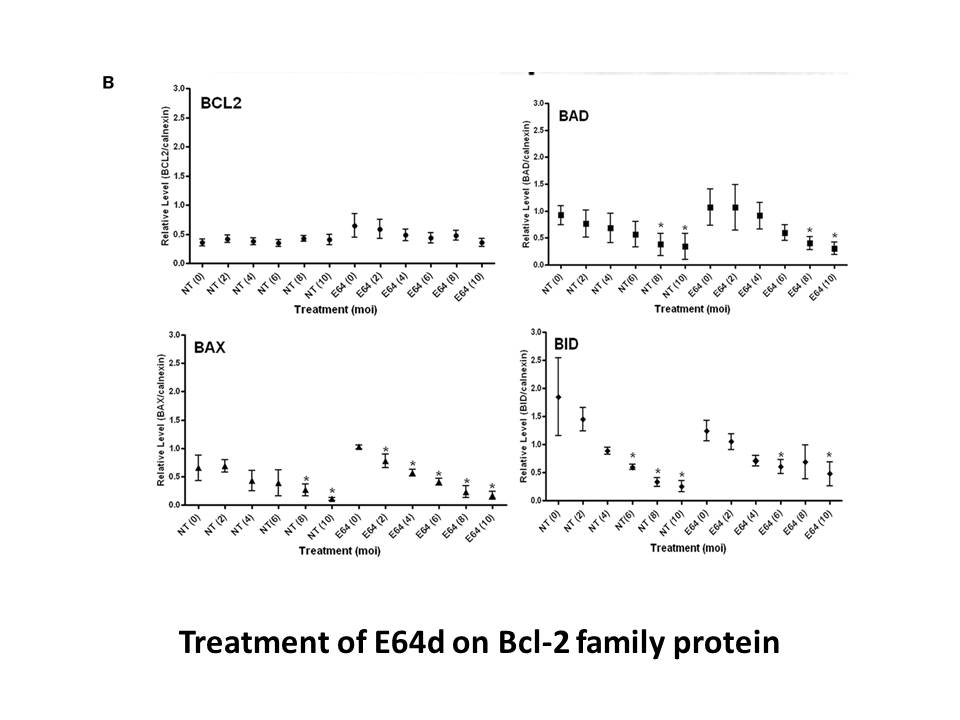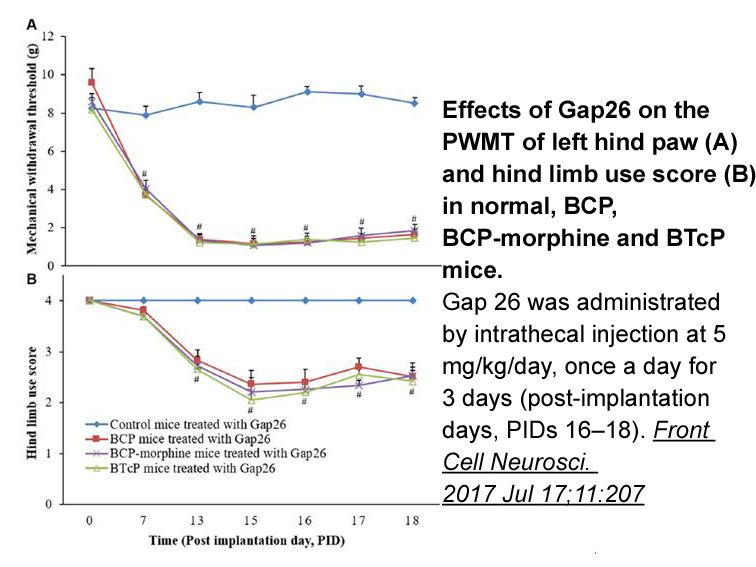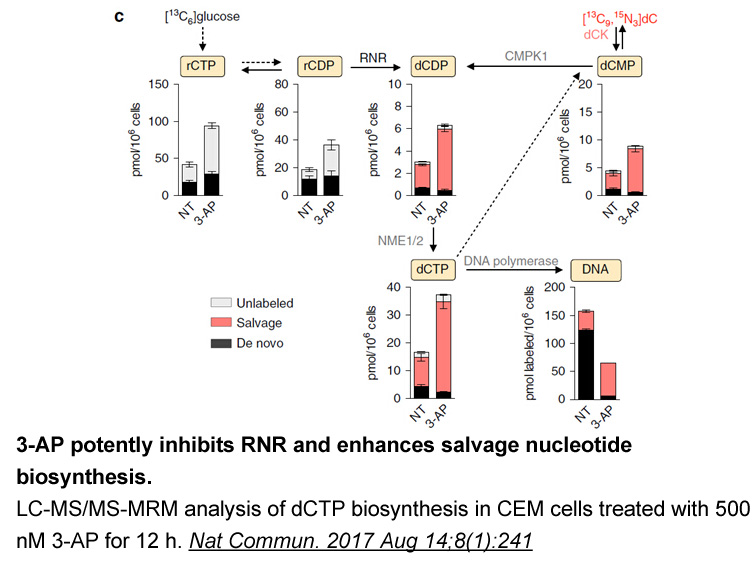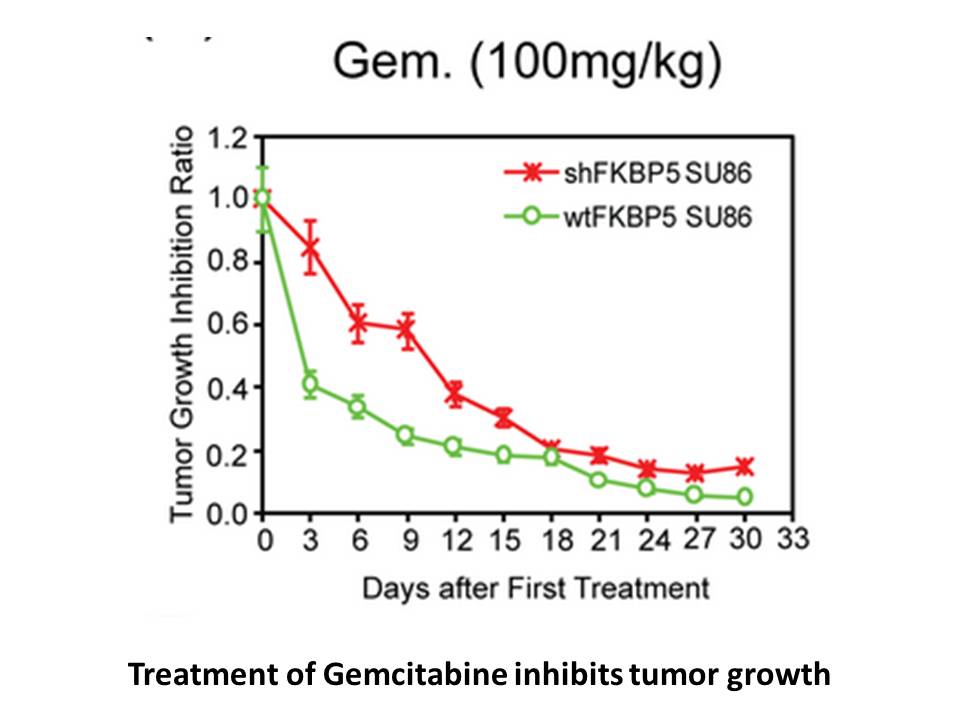Archives
- 2018-07
- 2018-10
- 2018-11
- 2019-04
- 2019-05
- 2019-06
- 2019-07
- 2019-08
- 2019-09
- 2019-10
- 2019-11
- 2019-12
- 2020-01
- 2020-02
- 2020-03
- 2020-04
- 2020-05
- 2020-06
- 2020-07
- 2020-08
- 2020-09
- 2020-10
- 2020-11
- 2020-12
- 2021-01
- 2021-02
- 2021-03
- 2021-04
- 2021-05
- 2021-06
- 2021-07
- 2021-08
- 2021-09
- 2021-10
- 2021-11
- 2021-12
- 2022-01
- 2022-02
- 2022-03
- 2022-04
- 2022-05
- 2022-06
- 2022-07
- 2022-08
- 2022-09
- 2022-10
- 2022-11
- 2022-12
- 2023-01
- 2023-02
- 2023-03
- 2023-04
- 2023-05
- 2023-06
- 2023-07
- 2023-08
- 2023-09
- 2023-10
- 2023-11
- 2023-12
- 2024-01
- 2024-02
- 2024-03
- 2024-04
- 2024-05
- 2024-06
- 2024-07
- 2024-08
- 2024-09
- 2024-10
- 2024-11
- 2024-12
- 2025-01
- 2025-02
- 2025-03
- 2025-09
- 2025-10
-
MG-132: Strategic Proteasome Inhibition for Next-Generati...
2025-10-02
This thought-leadership article explores how MG-132—a potent, cell-permeable proteasome inhibitor peptide aldehyde—empowers translational researchers to dissect the ubiquitin-proteasome system, unravel mechanisms of apoptosis, and probe disease-relevant proteostasis. Integrating mechanistic detail, experimental guidance, and strategic perspectives, this article contextualizes MG-132's utility in advancing apoptosis assays, cell cycle arrest studies, and autophagy research, while bridging cancer biology and neurodegenerative disease models. Drawing from recent mechanistic insights and anchoring in contemporary research, we chart a visionary outlook for MG-132 in precision medicine.
-
Bortezomib (PS-341): Beyond Proteasome Inhibition in Canc...
2025-10-01
Explore how Bortezomib (PS-341), a leading reversible proteasome inhibitor for cancer therapy, is unlocking new frontiers in metabolic regulation and pyrimidine salvage pathway research. Discover advanced scientific insights and unique applications distinct from prior analyses.
-
Bortezomib (PS-341): Revolutionizing Proteasome Inhibitio...
2025-09-30
Explore how Bortezomib (PS-341), a leading reversible proteasome inhibitor, advances understanding of proteasome-regulated cellular processes and metabolism in cancer research. This article uniquely delves into the intersection of proteostasis, mitochondrial regulation, and innovative experimental approaches.
-
Bortezomib (PS-341): Decoding Proteasome Inhibition and M...
2025-09-29
Explore how Bortezomib (PS-341), a leading reversible proteasome inhibitor, uniquely links 20S proteasome inhibition to metabolic signaling and pyrimidine salvage pathway regulation. This article unveils advanced insights for multiple myeloma and lymphoma research far beyond apoptosis assays.
-
Bortezomib (PS-341): Redefining Proteasome Inhibition for...
2025-09-28
Explore the advanced role of Bortezomib (PS-341) as a reversible proteasome inhibitor in cancer therapy research. This in-depth analysis uniquely bridges molecular proteostasis, mitochondrial metabolic regulation, and state-of-the-art apoptosis assays for multiple myeloma and mantle cell lymphoma.
-
MG-132: Advanced Proteasome Inhibition for Autophagy and ...
2025-09-27
Discover how MG-132, a potent proteasome inhibitor peptide aldehyde, unlocks new frontiers in apoptosis research, disease modeling, and autophagy studies. This article uniquely integrates recent mechanistic insights and practical applications for cutting-edge biomedical research.
-
MG-132: Pioneering Precision in Proteasome Inhibition and...
2025-09-26
Explore the multifaceted role of MG-132, a potent proteasome inhibitor peptide aldehyde, in dissecting ubiquitin-proteasome system inhibition, apoptosis, and autophagy. This in-depth guide uniquely connects MG-132's molecular actions to current neurobiology breakthroughs and advanced cancer research.
-
Tamoxifen: Unveiling Noncanonical Mechanisms in Inflammat...
2025-09-25
Explore the cutting-edge roles of Tamoxifen, a selective estrogen receptor modulator, in immune modulation and chronic inflammation. This article uniquely integrates antiviral, gene knockout, and kinase inhibition functions with insights from recent T cell research, offering novel perspectives beyond traditional breast cancer research.
-
EZ Cap EGFP mRNA 5-moUTP: Engineering Translational Preci...
2025-09-24
Explore the unique role of EZ Cap EGFP mRNA 5-moUTP in engineering translational precision for immuno-oncology. This in-depth analysis reveals how advanced capping, 5-moUTP, and poly(A) tail enhancements synergize for robust mRNA delivery and immune evasion, setting new standards beyond current literature.
-
A 83-01 in Intestinal Organoid Research: Mechanistic Insi...
2025-09-23
Explore the mechanistic role of A 83-01, a selective TGF-β type I receptor inhibitor, in enhancing the fidelity and utility of human intestinal organoid models for pharmacokinetic and epithelial-mesenchymal transition (EMT) research.
-
br Conflict of interest statement
2025-03-03

Conflict of interest statement Introduction Currently, adenocarcinoma is the most common histological subtype of lung cancer. Activating mutations and translocations with a potential for targeted therapy are reported predominantly in non-smokers. ALK rearrangement is found in less than 5% of u
-
br Discussion To our knowledge
2025-03-03

Discussion To our knowledge, this is the first case report that demonstrates the presence of a novel T1151K ALK mutation in a patient with disease progression after crizotinib and then ceritinib. As early as 2011, Zhang et al. identified T1151K among other resistance mutations to crizotinib in Ba
-
br Discussion Missense mutations transversions
2025-03-03

Discussion Missense mutations (transversions) of the first nucleotide of the phenylalanine Cy3-streptavidin labeling at position 1174 (F1174) of the anaplastic lymphoma kinase gene can result in substitutions to leucine or valine (F1174L/V) while missense mutation (transversion) of the second nu
-
br Acknowledgements br Introduction Diabetic complications a
2025-03-03

Acknowledgements Introduction Diabetic complications are responsible for increased morbidity and mortality of diabetic patients. Increased flow of Calmidazolium chloride receptor through the polyol pathway under conditions of hyperglycemia contributes to the development of diabetic complicati
-
FAK Inhibitor 14 Our findings establish a critical link betw
2025-03-03

Our findings establish a critical link between HemAC-Lm dimeric structure and cAMP synthesis that helps in explaining how globin-A domain influences AC domain. The following possible homodimeric structure of wild type full length HemAC-Lm has been proposed to explain the role of this globin-A domain